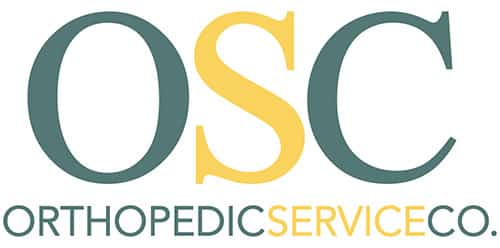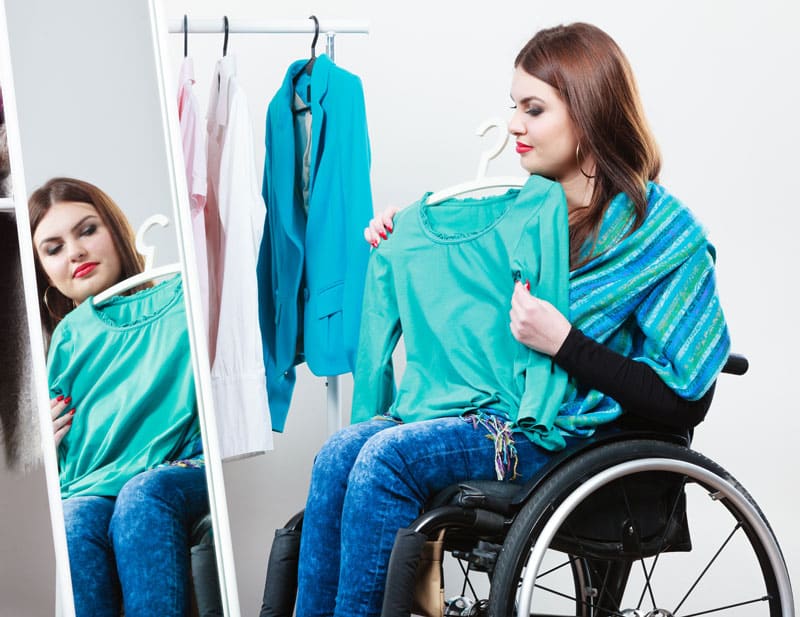According to the U.S. Census, an estimated one in five people in the country live with disabilities today. While the challenges for them are many, the market is noticing the need for adaptive fashion, providing clothes that are easy to get in and out of and adjustable to their various needs without sacrificing comfort and style.
While adaptive clothing has been implemented since the 1980s, most of the designs created for people with limited mobility up until now would resemble more of a hospital gown than a fashionable trend. However, thanks to the work of many outspoken activists who have placed disability and fashion in the same corner of thought, more and more adaptive clothing lines are emerging, while major manufacturers, such as Target, Tommy Hilfiger and Zappos Footwear have recently presented their advances in making fashion accessible to all.
Why We Need Adaptive Clothing Lines
We all have a favorite pair of jeans, a special dress or accessory that makes us feel confident, empowered and ourselves. The way you dress has a direct correlation with how you feel about yourself, and for people with disabilities, the option to wear clothing that adjusts to their specific needs, is easy to get in and out of, and fashionable can present a great difference in their self-confidence and comfort.
This is why adaptive fashion is so important.
Designer Mindy Scheier, for example, realized this when her son with multiple dystrophy wanted to wear jeans instead of sweatpants to school. As she couldn’t find any jeans that would fit over her son’s leg braces, she designed a pair herself and launched the nonprofit Runway of Dreams as a way to promote and support inclusive clothing design, accomplishing a collaboration with top clothing brand Tommy Hilfiger in the meantime.
Adaptive fashion means that with a few modifications, mainstream clothing can be fitted to adjust to the needs of people with limited mobility who would usually require help with getting in and out of their clothes, struggling with zippers, hemlines and adjustability. By replacing zippers with magnets, adding elastic and internal hemming systems or providing clothes that can be closed in the back, eliminating the need for it to go over the head, many problems can be solved for millions of people in the world living with disability.
Adaptive Clothing Brands That Are Making Fashion More Accessible
As the adaptive fashion market is expected to grow even further in the next few years, more and more adaptive clothing lines and brands are coming out in order to serve the needs of people with mobility impairments. Up next we outline a few of them:
Nike FlyEase
Made for athletes of all abilities and ages, the Nike FlyEase sneakers feature a unique slipper-and-strap design that allows for a quick and easy on and off without sacrificing performance nor function.
Tommy Hilfiger Adaptive
Pieces from the Tommy Hilfiger Adaptive clothing line feature velcro and magnetic closures, extra stretching and no buttons or zippers.
4ward
4ward specializes in sensory friendly clothing that is super soft and sensitive, as well as reversible, making getting dressed much easier.
Reboundwear
Reboundwear creates post-surgical adaptive clothing that is soft and easy to put on and off, lightweight and antimicrobial, using minimal metallic components and being optimized for hospital visits, making it easier for people with wound sites, tube incisions and other drains like catheters.
NBZ Clothing
NBZ Clothing [https://nbzapparel.com/] creates no-button, zipper-free jeans along with casual and dress pants for men, women and kids, providing stretchy clothes that are easy to pull on.

 p-t0">
p-t0">